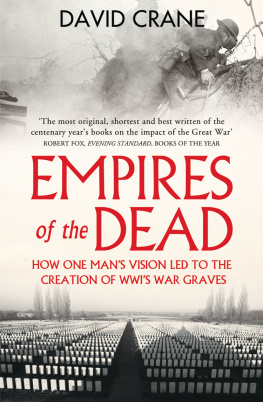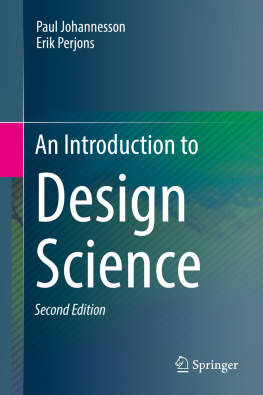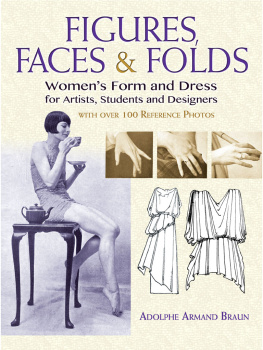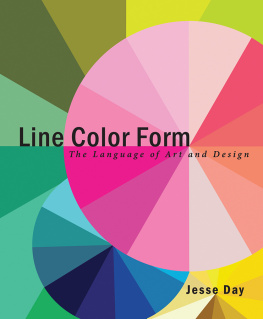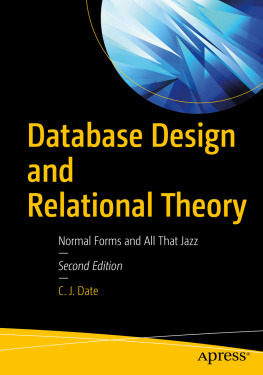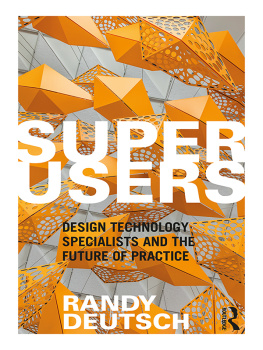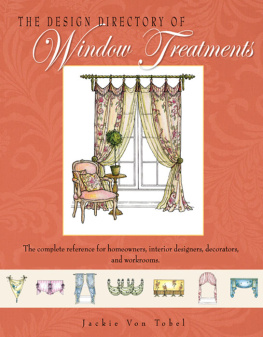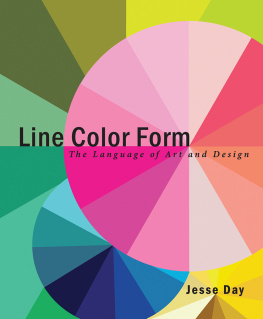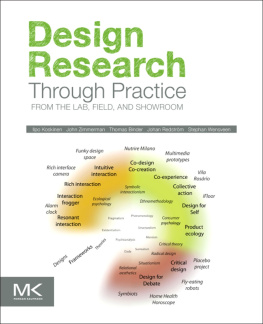
Line and Form
ILLUSTRATED DRAWING BOOK
By
Walter Crane
Illustrated by Murat Ukray
ILLUSTRATED &
PUBLISHED BY
e-KTAP PROJES & CHEAPEST BOOKS
www.cheapestboooks.com
Copyright, 2014 by e-Kitap Projesi
Istanbul


Table of Contents

LINE & FORM
BY WALTER CRANE
Preface
A s in the case of "The Bases of Design," to which this is intended to form a companion volume, the substance of the following chapters on Line and Form originally formed a series of lectures delivered to the students of the Manchester Municipal School of Art.
There is no pretension to an exhaustive treatment of a subject it would be difficult enough to exhaust, and it is dealt with in a way intended to bear rather upon the practical work of an art school, and to be suggestive and helpful to those face to face with the current problems of drawing and design.
These have been approached from a personal point of view, as the results of conclusions arrived at in the course of a busy working life which has left but few intervals for the elaboration of theories apart from practice, and such as they are, these papers are now offered to the wider circle of students and workers in the arts of design as from one of themselves.
They were illustrated largely by means of rough sketching in line before my student audience, as well as by photographs and drawings. The rough diagrams have been re-drawn, and the other illustrations reproduced, so that both line and tone blocks are used, uniformity being sacrificed to fidelity.
WALTER CRANE.
Kensington, July , 1900.
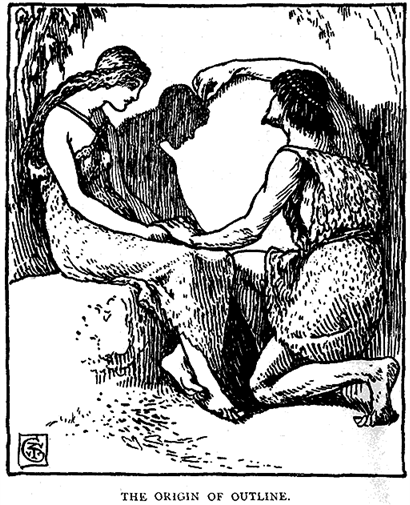
Chapter I
Origin and Function of OutlineSilhouetteDefinition of Boundaries byPower of Characterization byFormation of LettersMethods of Drawing in LineThe Progressive MethodThe Calligraphic MethodThe Tentative MethodThe Japanese Direct Brush MethodThe Oval MethodThe Rectangular MethodQuality of LineLinear Expression of MovementTexturesEmotionScale of Linear Expression.
Outline, one might say, is the Alpha and Omega of Art. It is the earliest mode of expression among primitive peoples, as it is with the individual child, and it has been cultivated for its power of characterization and expression, and as an ultimate test of draughtsmanship, by the most accomplished artists of all time.
The old fanciful story of its origin in the work of a lover who traced in charcoal the boundary of the shadow of the head of his sweetheart as cast upon the wall by the sun, and thus obtained the first profile portrait, is probably more true in substance than in fact, but it certainly illustrates the function of outline as the definition of the boundaries of form.
Silhouette
As children we probably perceive forms in nature defined as flat shapes of colour relieved upon other colours, or flat fields of light on dark, as a white horse is defined upon the green grass of a field, or a black figure upon a background of snow.
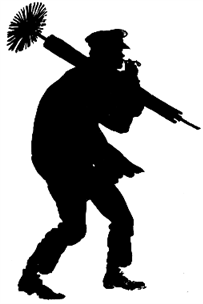
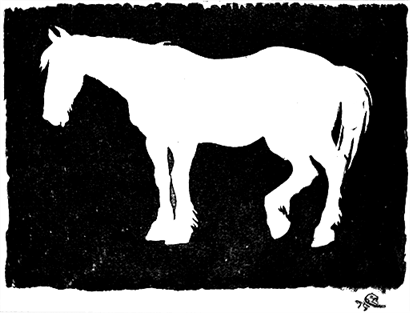
Definition of Boundaries
To define the boundaries of such forms becomes the main object in early attempts at artistic expression. The attention is caught by the edgesthe shape of the silhouette which remains the paramount means of distinction of form when details and secondary characteristics are lost; as the outlines of mountains remain, or are even more clearly seen, when distance subdues the details of their structure, and evening mists throw them into flat planes one behind the other, and leave nothing but the delicate lines of their edges to tell their character. We feel the beauty and simplicity of such effects in nature. We feel that the mind, through the eye resting upon these quiet planes and delicate lines, receives a sense of repose and poetic suggestion which is lost in the bright noontide, with all its wealth of glittering detail, sharp cut in light and shade. There is no doubt that this typical power of outline and the value of simplicity of mass were perceived by the ancients, notably the Ancient Egyptians and the Greeks, who both, in their own ways, in their art show a wonderful power of characterization by means of line and mass, and a delicate sense of the ornamental value and quality of line.
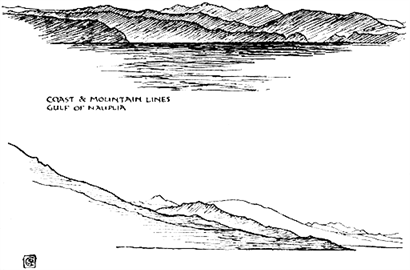
Formation of Letters
Regarding linethe use of outline from the point of view of its value as a means of definition of form and factits power is really only limited by the power of draughtsmanship at the command of the artist. From the archaic potters' primitive figures or the rudimentary attempts of children at human or animal forms up to the most refined outlines of a Greek vase-painter, or say the artist of the Dream of Poliphilus, the difference is one of degree. The tyro with the pen, learning to write, splotches and scratches, and painfully forms trembling, limping O's and A's, till with practice and habitude, almost unconsciously, the power to form firm letters is acquired.
Writing, after all, is but a simpler form of drawing, and we know that the letters of our alphabet were originally pictures or symbols. The main difference is that writing stops short with the acquisition of the purely useful power of forming letters and words, and is seldom pursued for the sake of its beauty or artistic qualities as formerly; while drawing continually leads on to new difficulties to be conquered, to new subtleties of line, and fresh fascinations in the pursuit of distinction and style.
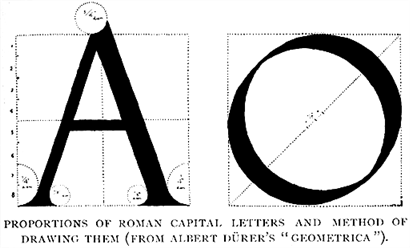
The practice of forming letters with the pen or brush, from good types, Roman and Gothic, however, would afford very good preliminary practice to a student of line and form. The hand would acquire directness of stroke and touch, while the eye would grow accustomed to good lines of composition and simple constructive forms. The progressive nature of writingthe gradual building up of the forms of the lettersand the necessity of dealing with recurring forms and lines, also, would bear usefully upon after work in actual design. Albert Drer in his "Geometrica" gives methods on which to draw the Roman capitals, and also the black letters, building the former upon the square and its proportions, the thickness of the down strokes being one-eighth of square, the thin strokes being one-sixteenth, and the serifs being turned by circles of one-fourth and one-eighth diameter. The capital O, it will be noted, is formed of two circles struck diagonally.
Next page




